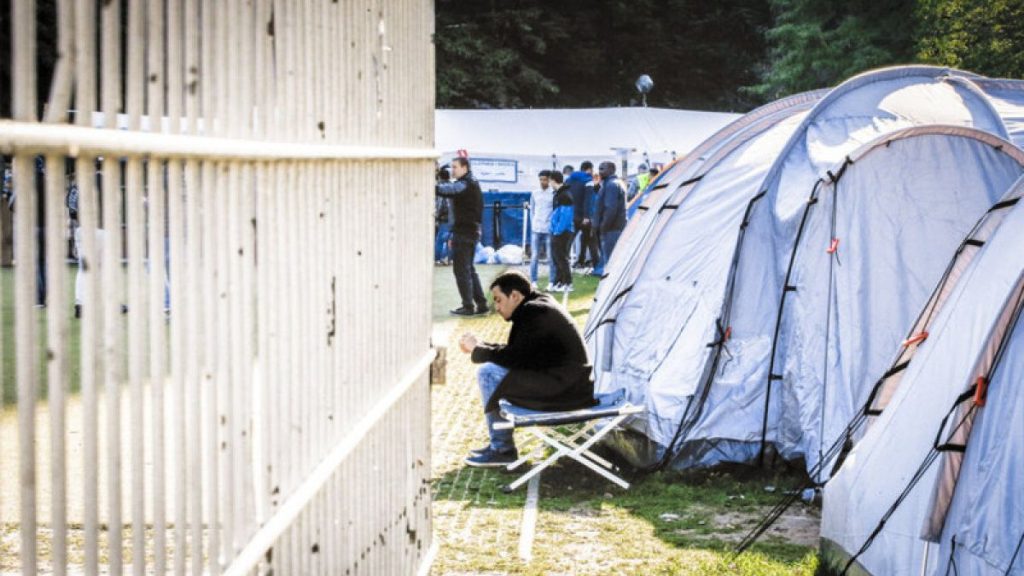A group of right-wing lawmakers in the European Parliament recently pushed for the European Union to allocate funding towards constructing physical barriers at its border as part of the 2025 budget. This request was supported by the centre-right European People’s Party (EPP) and put forth by lawmakers from the Europe of Sovereign Nations (ESN) group. The amendment called for funding for “external physical barriers” at the Union border, gaining support from a majority of MEPs, including members of far-right groups and a significant number from the EPP. However, despite the support received, the resolution was ultimately voted down by the Chamber.
The attempt to include funding for physical barriers at the EU border sparked outrage among other political groups within the European Parliament. Members of the majority coalition, who support European Commission President Ursula von der Leyen, accused the EPP of seeking alternative majorities by aligning with far-right groups. The lead MEP for the budget file criticized the EPP for not respecting the deal and voting with the far right, highlighting the potential implications of this move on negotiations with the Council, which represents EU member states. This move was seen as a departure from the coalition built to support von der Leyen’s leadership.
Centrists in Renew Europe also expressed concern over the EPP’s decision to ally with far-right groups and support the funding for physical barriers at the EU border. This move was seen as undermining the solid majority that had been built to back Ursula von der Leyen as Commission president. The decision by the EPP was particularly criticized in relation to the Asylum Procedure Regulation (APR), which was a key file in the Pact on Migration and Asylum agreed upon earlier in the year. The clash over this issue between different political groups in the European Parliament reflects broader divisions within the EU on immigration and border control policies.
The EPP’s decision to support the funding for physical barriers at the EU border has raised questions about the internal dynamics within the European Parliament and the shifting alliances among political groups. The backlash from centrists and socialists highlights the volatility of the political landscape within the EU and the challenges in reaching consensus on key issues such as migration and asylum policies. The implications of this decision on future negotiations and agreements within the EU remain to be seen, particularly as discussions on the 2025 budget continue.
The response to the EPP’s vote with the far-right groups also underscores the growing tensions within the European Parliament regarding border security and immigration policies. The rejection of the resolution as a whole may indicate a reluctance to prioritize physical barriers as a solution to border control challenges within the EU. The disagreement over this issue reflects broader debates within the EU on how to balance security concerns with humanitarian obligations, as well as the role of physical barriers in addressing migration flows. The fallout from this contentious vote is likely to shape future discussions and decisions on EU border policies.


